So for the second week here at the Fabacademy we learned and used several 2D/3D modelling programs, there is two important aspects about this types of modelling in 2D everything is represented either as Bitmaps or vector-graphics and 3D modelling represented as Nurbs, Polygons or Meshes. We need to learn this programs so we could model our final project, use the several machines on a Fablab and choose the ones we felt most comfortable with. For 2D modelling I went for Gimp (Bitmap) and Inkscape (Vector-graphic) which are the open source equivalent to Photoshop and Illustrator, respectively. To be honest Inkscape is a program I got very impressed with! The capabilities and tools it gives to the user are much more focused to Fabricators, Makers and Prototyping if you add the plug in's the things you can do are endless! I'll use it more often in the future. Nevertheless I encountered some difficulties in the 2D assignment as I don’t have a great design background but it is one of the first thigs I’ll invest my time on when I return to Porto some Technical drawing classes! Here are some of the Design steps I’ll try to follow from now on:
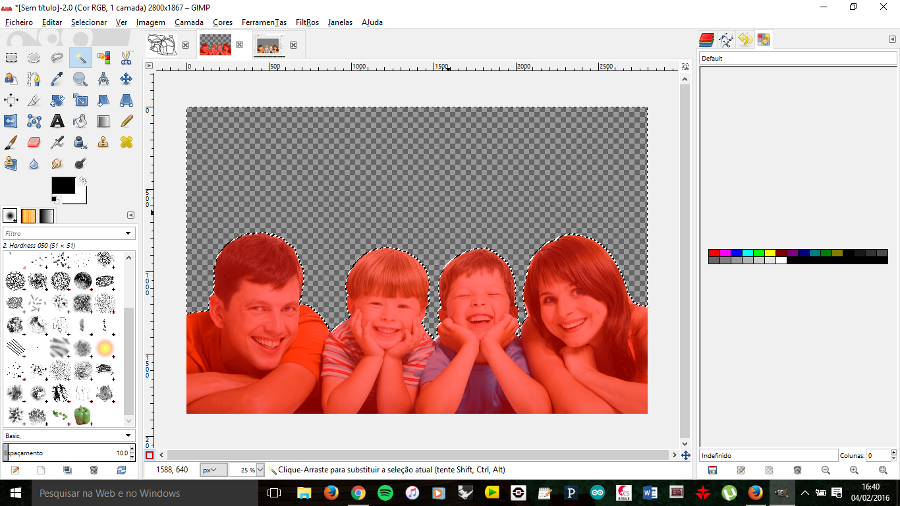
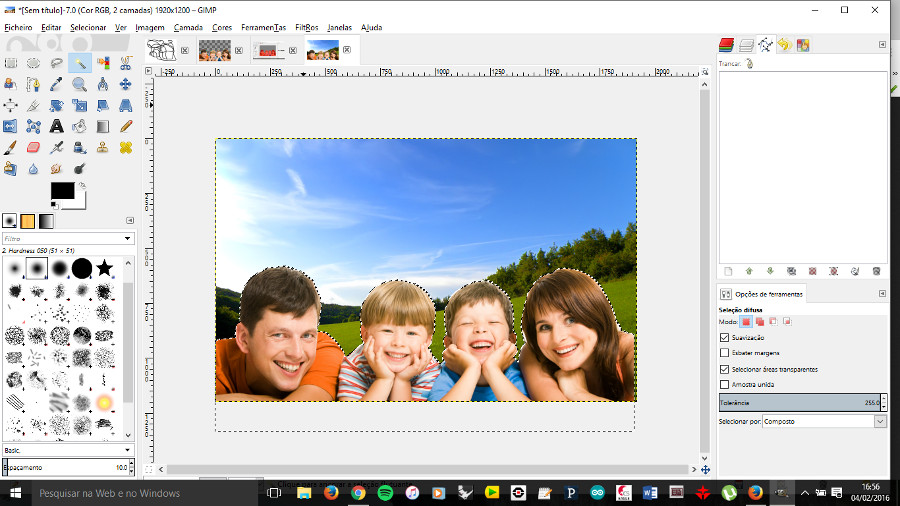
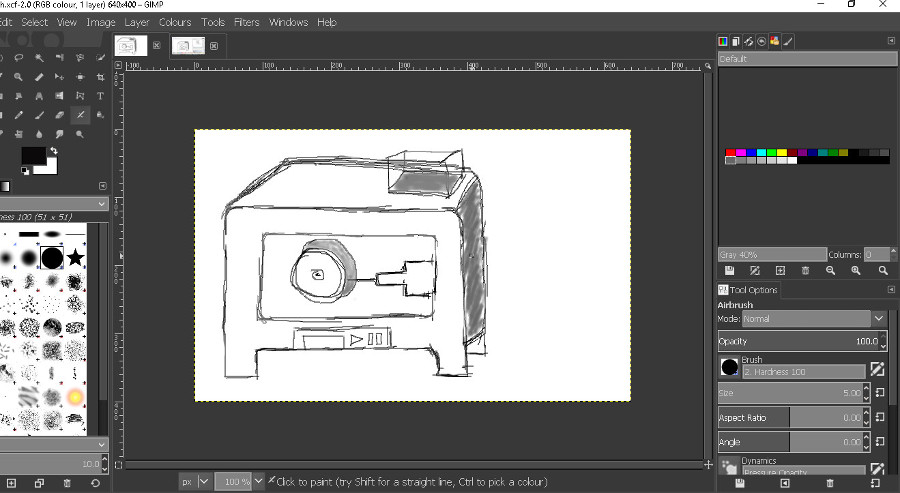
This was a topic I felt much more comfortable in as I spent the last year and a half learning and using at Opolab in the several projects I worked on. I learned using Rhino and Grasshopper but I wanted to challenge myself and learn a new one this week. But before I choose a program there is a couple of things to take in consideration regarding major 3D modelling types and aspects:
I tried Fusion 360 doing some sketches and extruding them to create a model, but to be honest I didn’t feel it to be user friendly or as intuitive as Rhino or Solid works in terms of key-shortcuts after 2 days of experimenting and seeing a couple of tutorials I passed on to Solid works. Nevertheless I will try again Fusion 360 as I know it was a bit rushed because of all the programs I wanted to try.
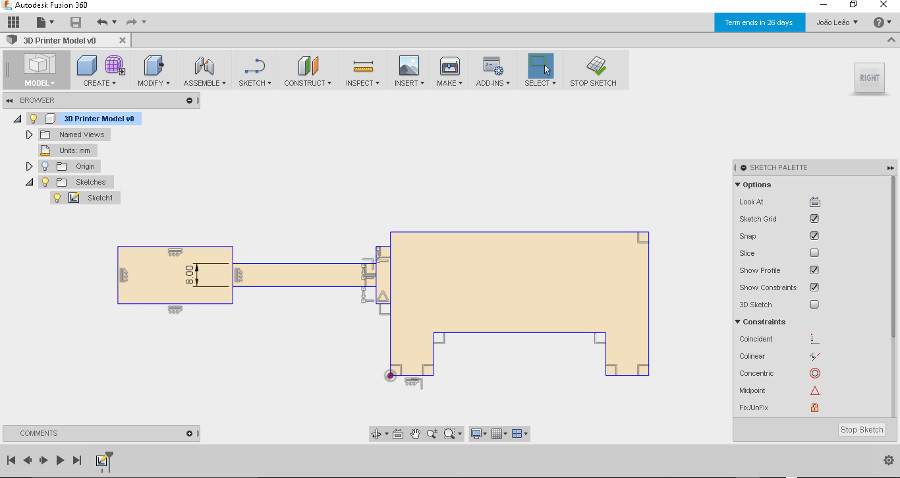
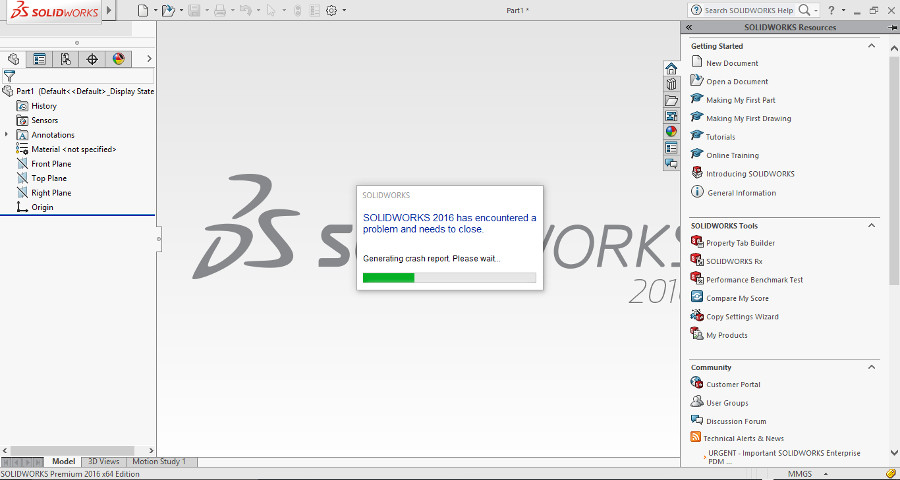
I finally found a solution, its so simple that it is annoying:
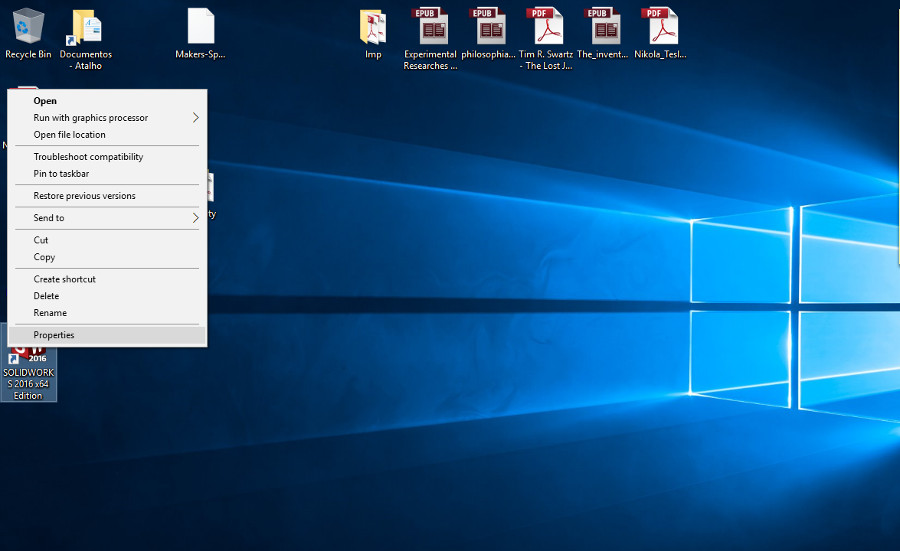
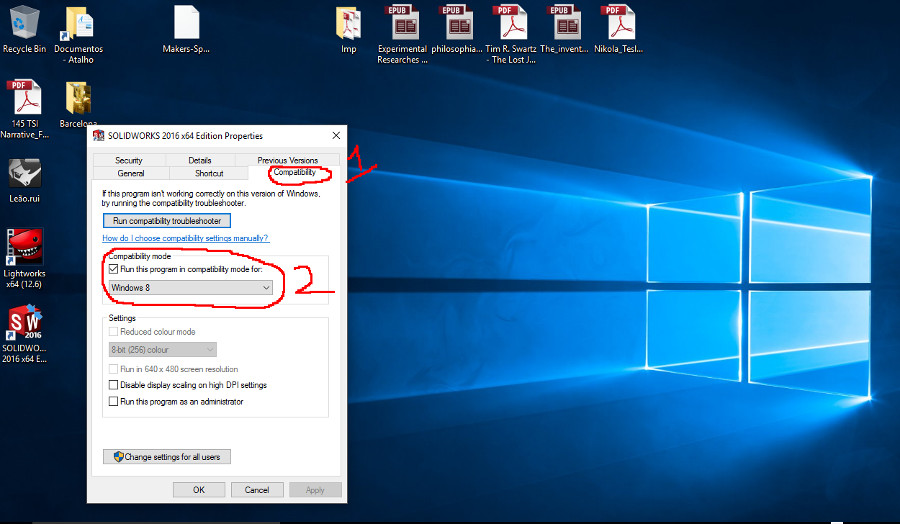
We did a couple of experiments with Openscad, it is a Software in which you make the geometry by programming making it parametric. A great feature it has is the ability to export customizable models from Thingiverse and change them to or need. We mainly worked together with Inkscape where we did the 2D sketch of our model and then exported to Openscad where we could extrude and do differente transformations. Here are the steps used in Inkscape to create a Vector trace based on a image to be exported to a Cad Program:
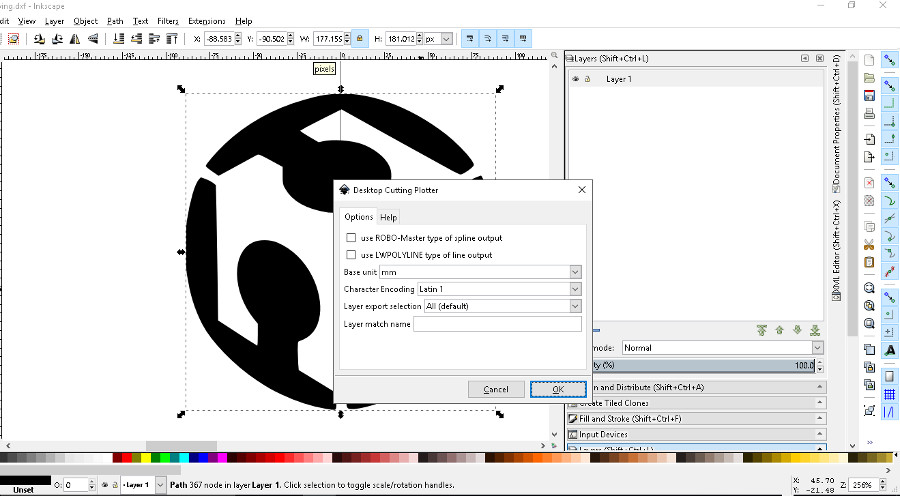
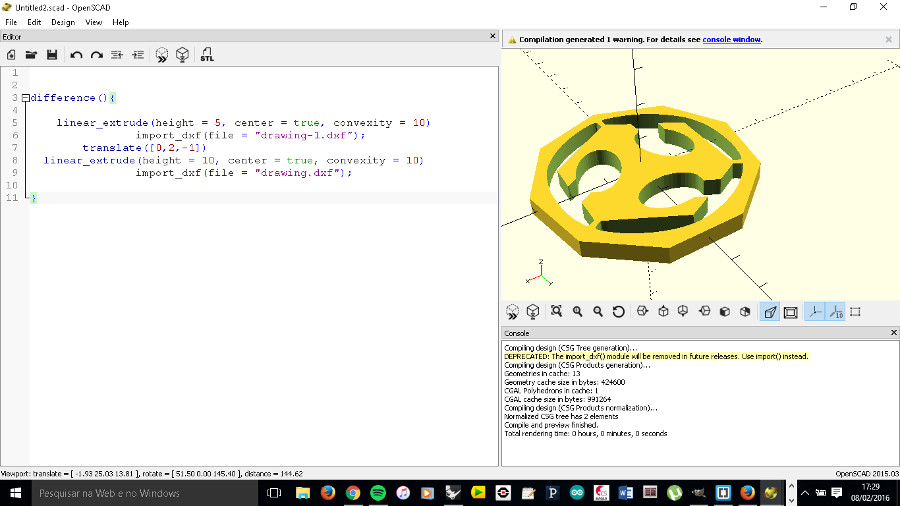
I already had a background with Rhino and had a hands on experience with several projects in OpoLab. As I don’t have a background in design I've noticed that my modelling experience is completely different from the standard path. To make myself clear the normal design process starts from sketching and thinking the model in a 2D way and build the 3D model having vector designs as a basis but for me as I started right way in 3D modelling I always skipped the 2D modelling part. So I wanted to use Rhino and test its capability to cross platform and also try this new approach to design.
I Started with sketching a couple of examples in Gimp, as in the future I want to start sketching with a pen tablet, tranfered them to Inkscape to make a clean vector sketch that I can transfer to a CAD program as a ".dxf" file and 3D model it.

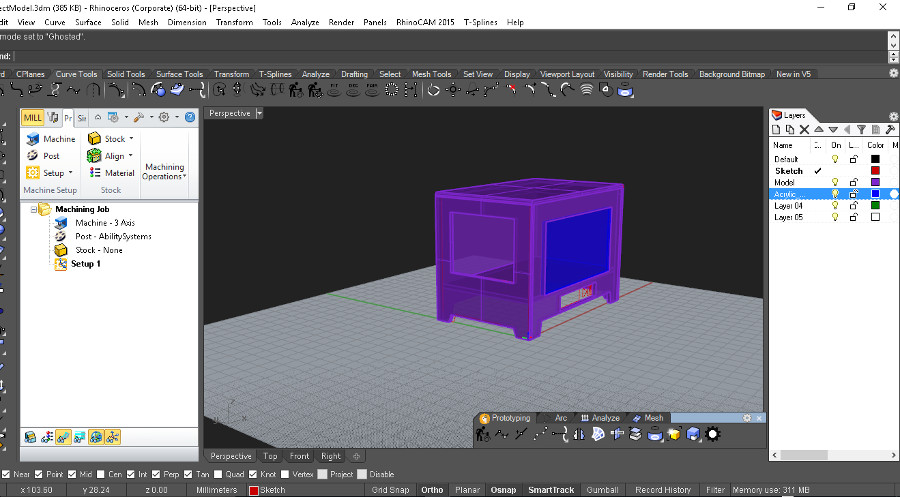
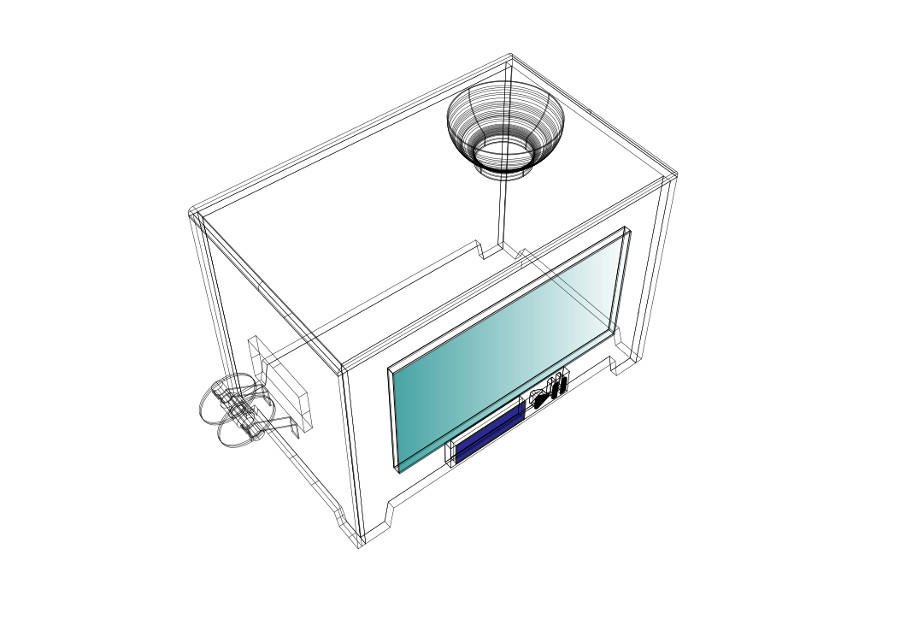
So the main tools I used in Rhino to create this model were:
Use the left mouse button to view the model:
3D modelling is such an important tool now a days and there is so much diversity in choice that at times it is a turn off because of its apparent complexity, but if you follow a couple of the guidelines I suggested along my week you will feel much more confident to take upon the challenge of learning to 3D model. In the future I'll try the Solidworks software and also some animation, rendering and assembly models posting my process here. So stay tuned for more How to make (almost) anything!